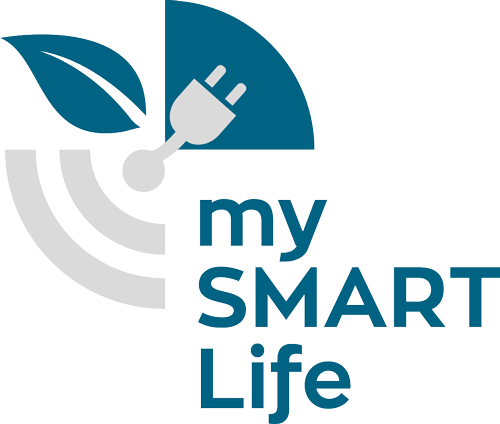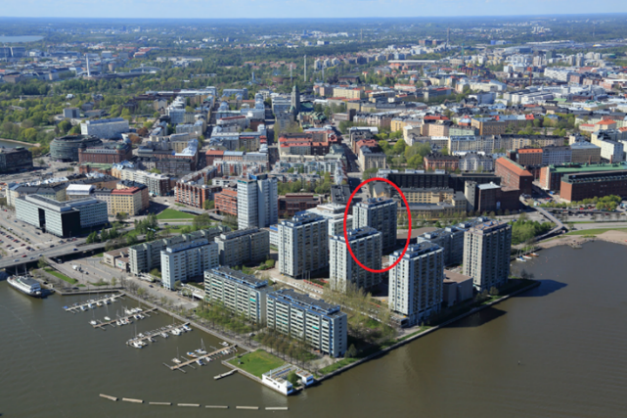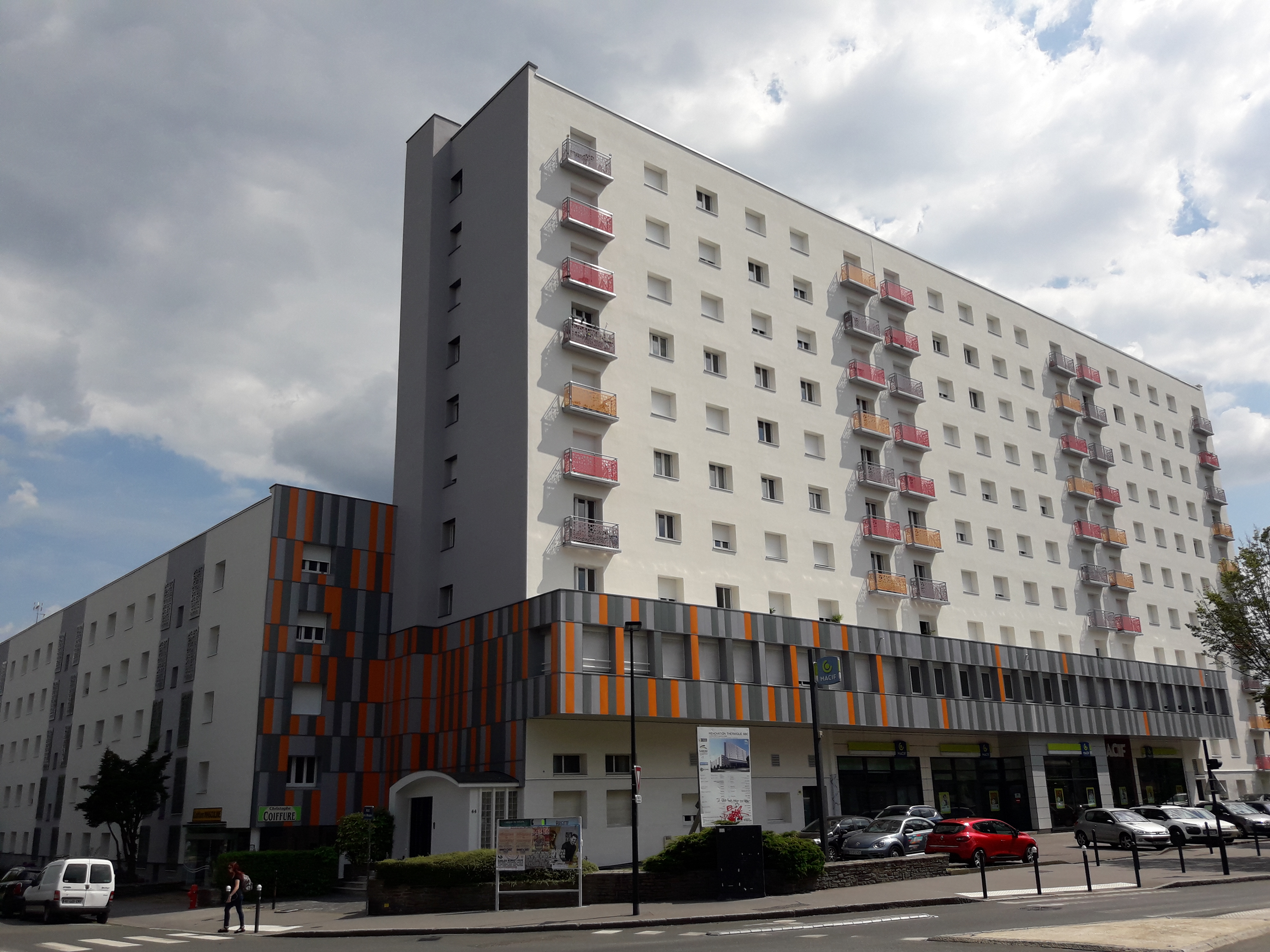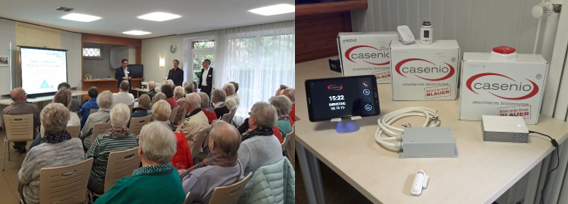A structure with a roof and walls: this is the minimal definition of a building. But to turn a building into a smart building, the central building services system must be networked and digitized. Then again, in a smart home, individual household appliances and room controls are networked. As part of mySMARTLife, both methods are being implemented. So let’s explore them in more detail.
Helsinki's Smart Heating Control
As key intervention of mySMARTLife, the installation of smart thermostats for the management of apartment level heating has taken place in 167 flats in the district of Merihaka. As typical buildings of the city’s previous rapid construction era, they represent the vast amount of building stock in the City of Helsinki. With smart thermostats, the residents can control and adjust their heating based on their needs and schedules and thus reduce their energy consumption while maintaining their level of comfort. Smart thermostats enable also the implementation of smart demand response experiments that can bring systemic level benefits for the heating grid. In spring 2017, the housing association of Haapaniemenkatu 12, where the intervention has taken place, decided in their annual general meeting to install smart thermostats in the whole building. Subsequently, the installation was done in two phases; first a set of 20 apartments in the end of 2017 to get proper feedback of the installations and user experiences of the solution. Then, based on those results, the installations were done to the rest of the building in spring 2018.
The installation of these smart thermostats can reduce energy consumption in two ways: The thermostats have built-in intelligence; hence, the installation itself in most cases reduces energy consumption. The most efficient way is when the end-users install the service application on their smart device and dynamically control the heating, for example lower the temperature during absence as in working hours or during vacations. For the residents to use the smart thermostats in a way that would bring the most efficient results, they need to have an internet connection and a smart device to use the application for dynamic heating.
From reconstruction to monitoring: Nantes Metropole's new Support Strategy for Retrofitting
As part of its shared roadmap on energy transition ,voted in February 2018, Nantes Metropole has taken several ambitious commitments regarding energy retrofitting. Through the MonProjetRenov initiative, new financial support will provide € 7 million per year (or € 56 million in total) for the support of energy retrofitting of individual houses. Different kinds of support are also available for multi-owner buildings at all stages of the retrofitting project (e.g. audit, project management and works). To facilitate the access to this financial support, a new “e-service” will be launched in the coming weeks and will make it possible to submit a financial support request file online and to follow its progress directly.
Regarding condominiums, mySMARTLife also contributes to the energy transition objectives with the implementation of high-level energy retrofitting of five multi-owner buildings, representing over 18,000m2 and 270 dwellings with an energy target below 80 kwh/m2 gross area. The energy retrofitting works have just been finalized and included the insulation of roofs, facades and low floors, the replacement of windows, the ventilation system, and -for two of the buildings- the integration of RES (thermal solar panels and connection to the district heating).
Since the conversion works have been completed, the monitoring phase will start soon. It will involve the analyses of energy consumptions related to heating, domestic hot water production and ventilation and will also include measures on air quality and indoor comfort (e.g. CO2, temperature in the various rooms). These consumptions will then be compared with meteorological data. Moreover, a field survey will be conducted among inhabitants. Finally, a thermal camera will reveal any implementation anomalies or existing thermal bridges.
Hamburg: Smart Home Assistant Living
Against the background of a steadily aging society in Germany, the smart home solution implemented in Hamburg focuses on two main aspects: to offer helpful services for elderly people in their daily life and to control the energy consumption of their main electricity consumers in their apartments. The action will be implemented in mySMARTLife together with a local housing cooperative in Hamburg-Bergedorf.
The smart home solution is a self-sufficient system with a home central, a tablet and linked sensors. No further conversion measures, internet access or mobile phone are needed. The system offers several functions for elderly people like smart living (e.g. intelligent light and heating control), security functions (e.g. protection against burglary, detection of fire or water damages), more communication (e.g. information direct on the display like reminders for the garbage collection, contact to caretakers) and the possible integration of new business cases (e.g. additional offers of nursing services, arranging of room services).
The advantages for the elderly are a gain of security and an expansion of independency in their homes. Sensors, such as the stove control, windows control and the help button, can be interconnected so that certain control and response schemes can be set up in the smart home system. This, for example, should prevent the stove being left on unattended. The goal is to enable the elderly people to stay in their apartments and familiar environment as long as possible, which is also helpful for the relatives. This should be achieved in the combination of the smart home system and the services offered by caretakers, so called “household helpers”. These can be contacted and booked via the smart home system.
The implementation of the action is still ongoing. Altogether three information events for tenants were accomplished. These showed that there is a high interest in the solutions among the elderly people and their relatives. The implementation of the first 20 systems will start in in January 2020.




